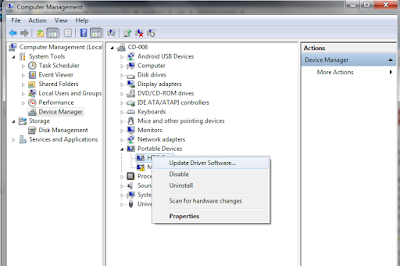Check out this list that covers open-source as well as licensed software testing tools. Most of the tools listed here offer free trial versions to give a chance to the users to check it out before final investment.
We have listed some key tools to execute Performance, Load and Stress Testing on the Web Applications. This ensures the application’s performance under diverse situations and challenging scenarios.
- Apache JMeter
It is an Open Source load testing tool, scripted in Java 6+ and can operate across platforms. Apache recently released JMeter ‘v2.11’ that supports all platforms and is used for load testing to analyze and gauge performance of the system/application.
Its strong GUI helps build Test Plan quickly and debug processes. It further helps analyze the overall performance under various loads on the server, and the network.
2. NeoLoad
This is a load and stress testing tool by Neotys built for Windows, Linux, and Solaris. It is available in English and French, and its latest version 4.2 helps measure, analyze, and improve the performance of the website.
While there are multiple users simultaneously accessing the website, the tool helps check the performance of the website under added load to ensure required user experience. It makes the testing process faster, efficient, and repetitive.
3. LoadRunner
A load testing tool by HP that is built for Windows and Linux to test the web and other applications effectively. It is available in version 12.0 with multiple languages.
The tool helps evaluate the tool’s performance under heavy load, where there is a probability of multiple users accessing the website at the same time. Additionally, it handles numerous protocols for load testing – .NET Record/Replay, Database, DCOM, GUI Virtual Users, Java Record/Replay, Network, Oracle E-Business, Remote Access.
4. LoadUI
LoadUI latest version is available in version 2.7 that is written in Java, JaveFX, and Groovy language and supports diverse platforms. It mainly supports web services and SopaUI 5.0 (a functional testing tool).
The latest version has corrected issues that were present in the earlier version of LoadUI. The tool is currently available in Pro version with drag-and-drop interface that helps test the load in a real-time scenario.
5. Loadster
It is a commercial load testing tool implemented to test websites web applications/services (HTTP web services) that emulates the environment to test the application’s performance under heavy load, given by the tool. It supports Linux, Mac, and Windows.
It is a feature-loaded tool that works on web applications/services, cookies, sessions, custom header, etc. It is implemented to test the performance, resilience, stability and scalability of web applications. It simulates multiple users, networks with the site and collects statistics. This helps determine and eliminate performance bottlenecks to ultimately manage traffic and crisis situations.
6. Load impact
It is an online load testing tool used to test the performance of websites, web and mobile apps, and APIs under load and across various platforms. The tools enables to conduct tests online instead of having an offline platform in place.
While the testing process is fast, the user can also repeat the tests easily and within shorter time span.
















